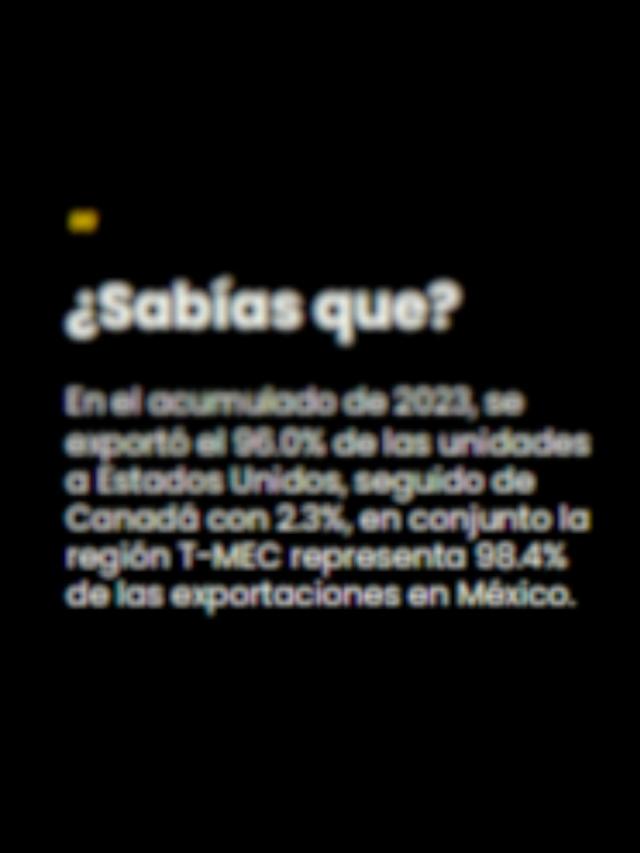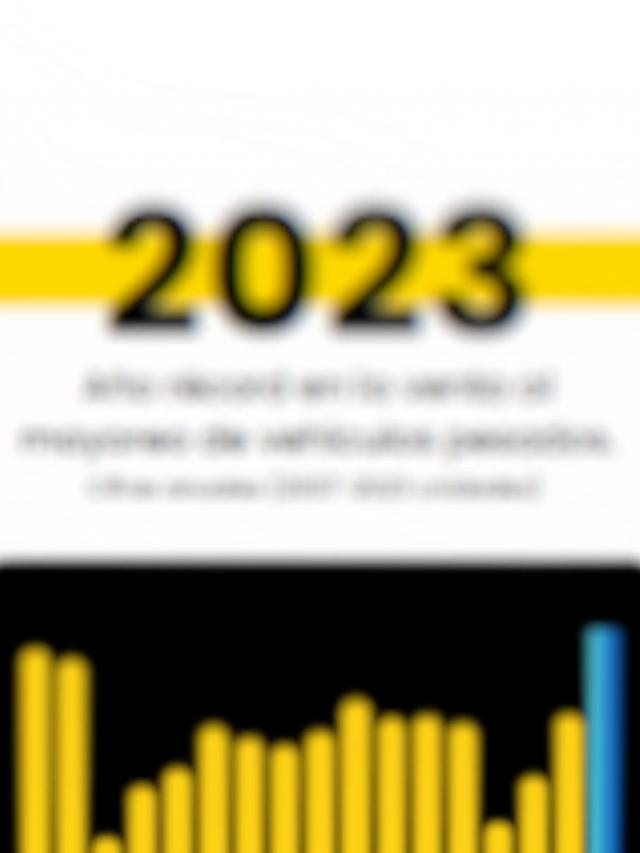
The National Association of Private Transportation (ANTP) considered the U.S. government’s requirement that trucking operators be proficient in English to drive on U.S. roads to be a “non-tariff barrier ,” a situation that could affect trade with its northern neighbor.
In an interview, Leonardo Gómez , executive president of ANTP, stated that currently more than 95% of drivers do not have fluent English .
“Therefore, trade will be affected. If 80% of the goods going to the United States are transported by truck, then you can see the impact this could have,” he emphasized.
According to the Bureau of Transportation Statistics (BTS) , cross-border freight trade in North America reached $144.8 billion in March, an increase of 8.4% year-over-year and 35% year-over-year.
Of that figure, $77.3 billion corresponded to trade with Mexico , which grew 13% year-on-year.
He specified that during that month, trucking moved the vast majority of cargo, that is, 94.2 billion dollars , an increase of 9.5% compared to March 2024.
It is worth remembering that Donald Trump , President of the United States, issued an order last April requiring all trucking operators to demonstrate proficiency in English to drive on the country’s roads . After this, on May 20, Sean P. Duffy, Secretary of Transportation of the United States, signed a new guide for compliance with this measure.
Therefore, commercial trucking operators crossing the border must demonstrate proficiency in this language, otherwise they will face being “out-of-service” starting June 25.
“President Donald Trump and Secretary Duffy believe English proficiency is a common-sense, non-negotiable safety requirement for professional drivers, as they must be able to read and understand traffic signs; communicate with highway patrol officers, Border Patrol, agricultural checkpoints, and cargo weight limit station personnel; and provide and receive feedback and instructions in English,” the U.S. Department of Transportation (USDOT) said in a statement .
In this regard, Leonardo Gómez said, “We believe that the issue of signage and the exchange of information should be sufficient for drivers to operate their own vehicles today. It would be worth pointing out what they’re doing wrong so that these types of rules can be applied.”
However, he announced that, together with the Ministry of Infrastructure, Communications, and Transportation (SICT), they are analyzing the possibility of establishing a manual on drivers’ needs, so that they can be implemented first in the border area.
Safe paradores or “rest and service paradores”
Similarly, Gómez noted that, according to a study conducted by the Business Coordinating Council (CCE) , there is a shortage of 1,400 shelters in Mexico , of which 700 could be built. He also mentioned the need to improve some of the existing shelters.
“They’ve already been identified, invest. Now, we’re not asking the government to make that investment; it should be public-private through a joint venture,” he commented.
He explained that a tool for identifying the locations where this type of infrastructure is needed is the Bill of Lading . “This should help us see where the greatest influx of cargo and movement is occurring; that’s where you have to invest first.”
He warned that of the total number of inns currently in existence, only five or six meet all the requirements .
According to Mexican Official Standard NOM-087-SCT-2-2017, which establishes driving and break times for federal truck drivers, for every five hours of driving, they must take a 30-minute break; additionally, the maximum driving time in 24 hours may never exceed 14 hours, and eight hours of rest are required.
Comment and follow us on X: @evandeltoro / @GrupoT21















